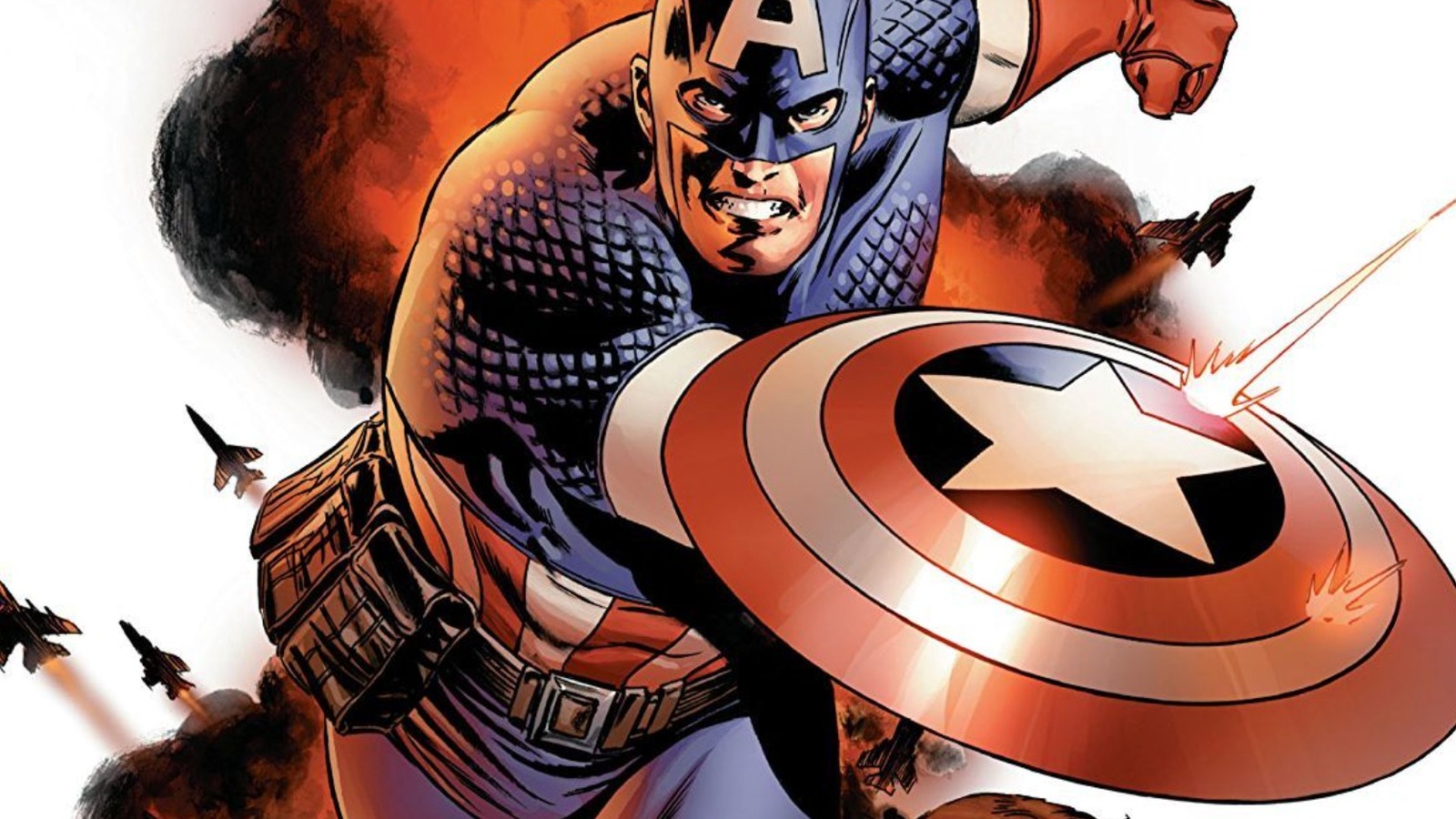
Captain America is not just a character, he’s a symbol. Different writers/artists use him to contrast what they feel America should be with what it is. After all, Jack Kirby and Joe Simon first drew him punching out Hitler because they were aching for the U.S. to do exactly that. (“Captain America Comics” #1 ran in 1940, before America entered World War II.) Brubaker’s Captain America is as always a good person, but also a grimmer man of action; he’s introduced training and Sharon notes he’s been acting angrier than usual lately. Basically, Cap’s mood is the same as the national one was in 2004.
The mastermind of “Winter Soldier” is KGB agent turned energy CEO Aleksander Lukin. The protégé of Soviet Colonel Vasily Karpov, the man who created the Winter Soldier, Lukin uses Bucky’s iron fist as his own. Lukin’s character is allegorical for Russia’s post-Cold War transition from a communist state to a capitalist one.
The comic’s very first scene is Lukin executing the Red Guardian, the Soviet counterpart to Captain America, killing a vestige of the old Russia. Then, the comic’s last page reveals the Red Skull used the Cosmic Cube to escape death by putting his mind in Lukin’s body, Mr. Hyde-style. Scratch a mega-capitalist’s surface and you’ll find a fascist. While Captain America is a hero of conviction, Lukin is a chameleon who wears different ideological coats over self-interest.
The villain who people really remember, though, is the Winter Soldier himself. This comic is the first time Bucky was ever cool and so much credit for that goes to his new look designed by Epting. The Winter Soldier’s MCU look is a near recreation of his comic design because you can’t improve upon perfection.
“Winter Soldier” (character and story) had all the potential of a failed experiment, but Brubaker and his artists knew how to thread the needle of risk.

Leave a Reply